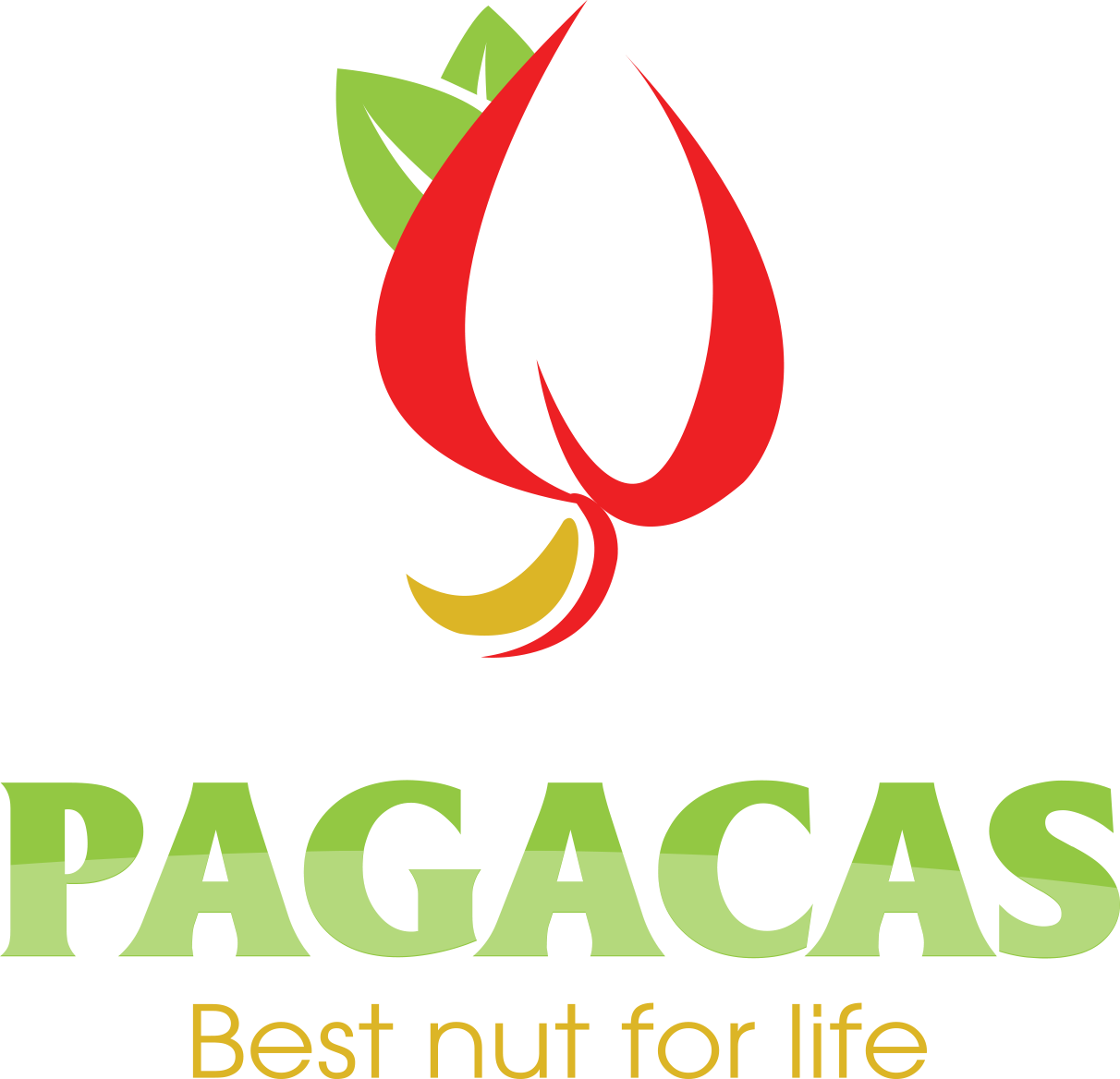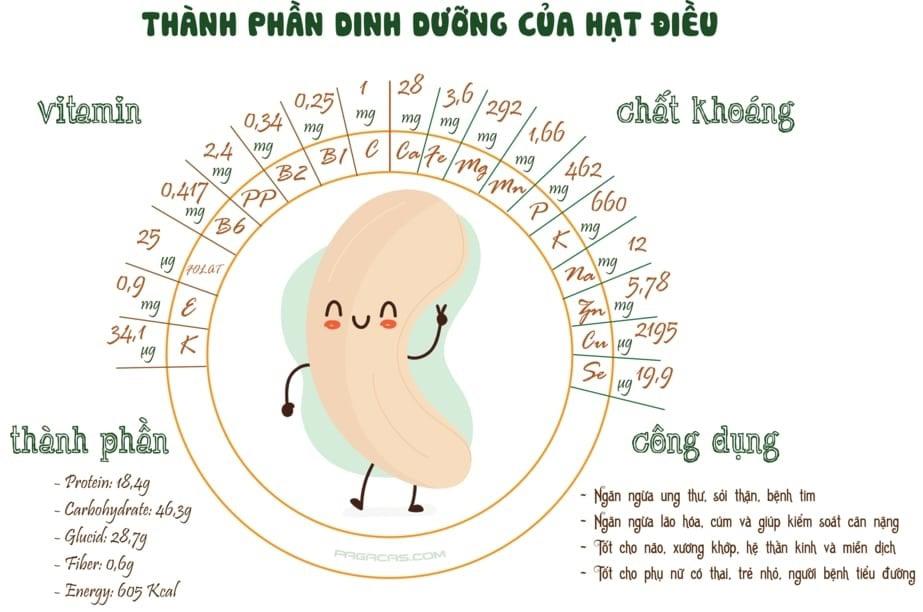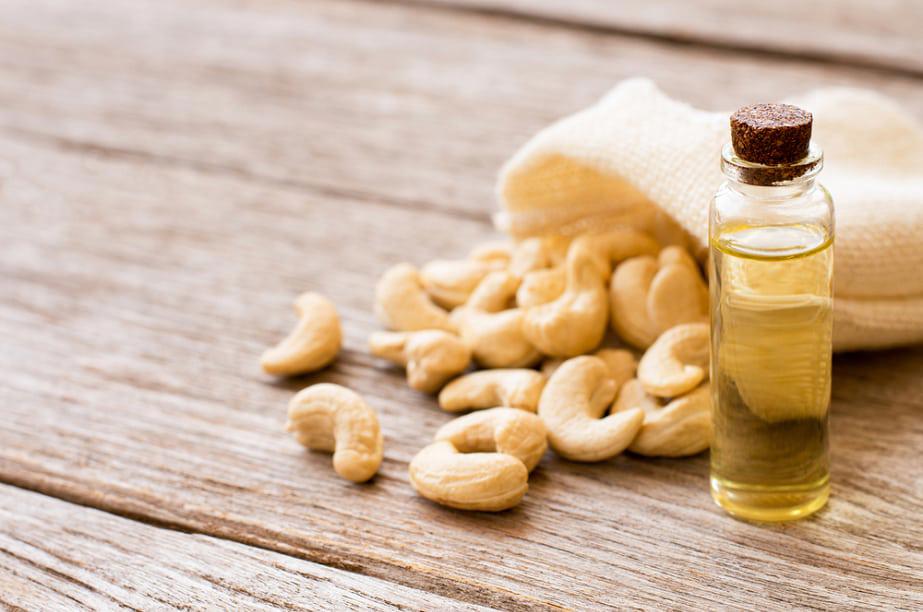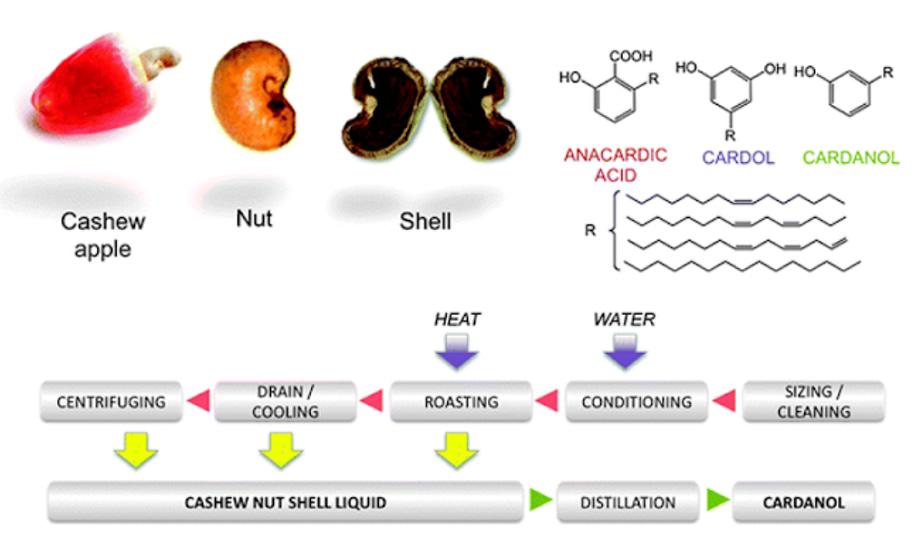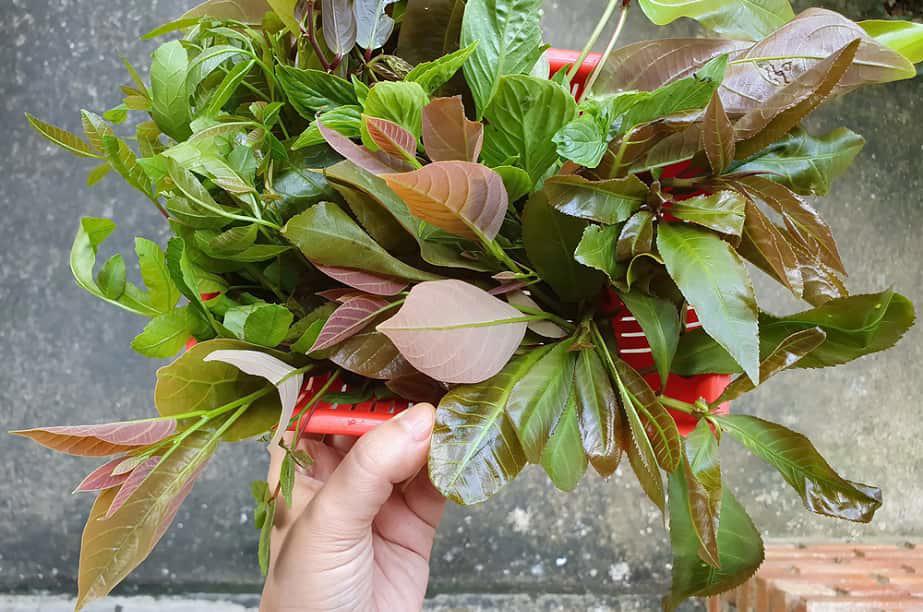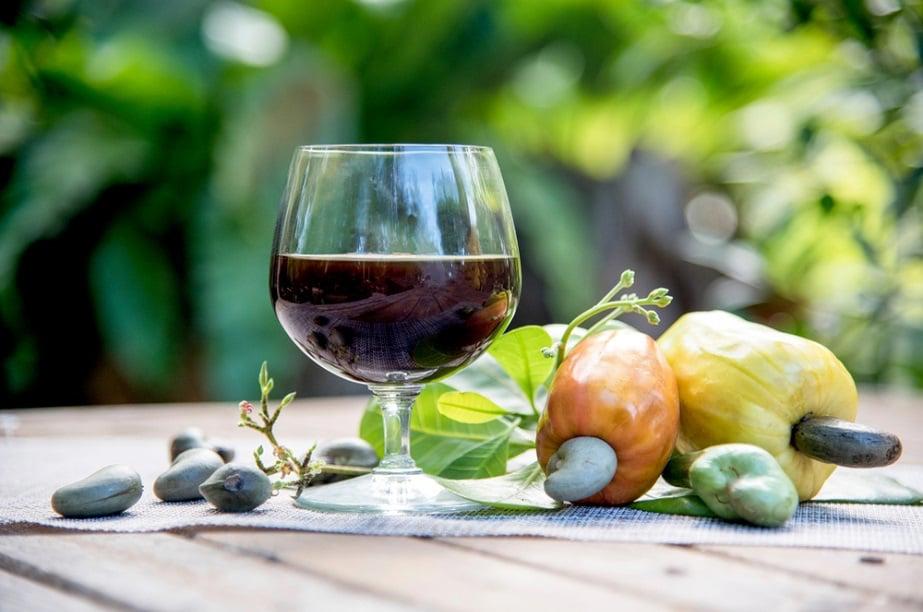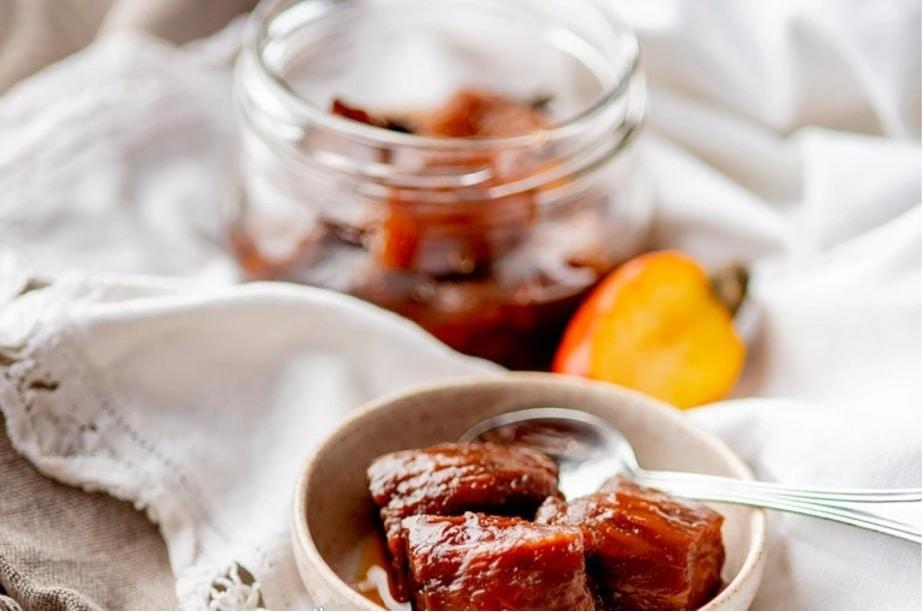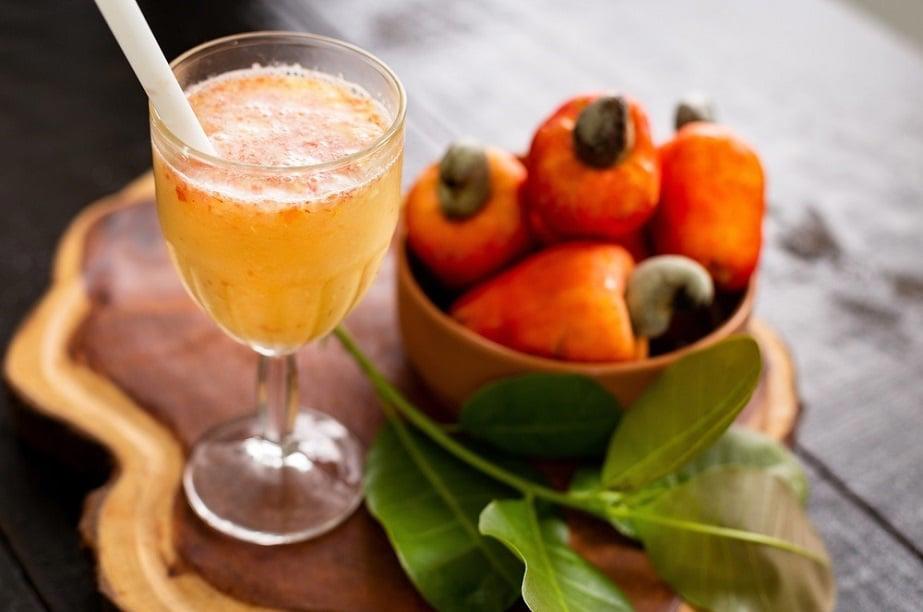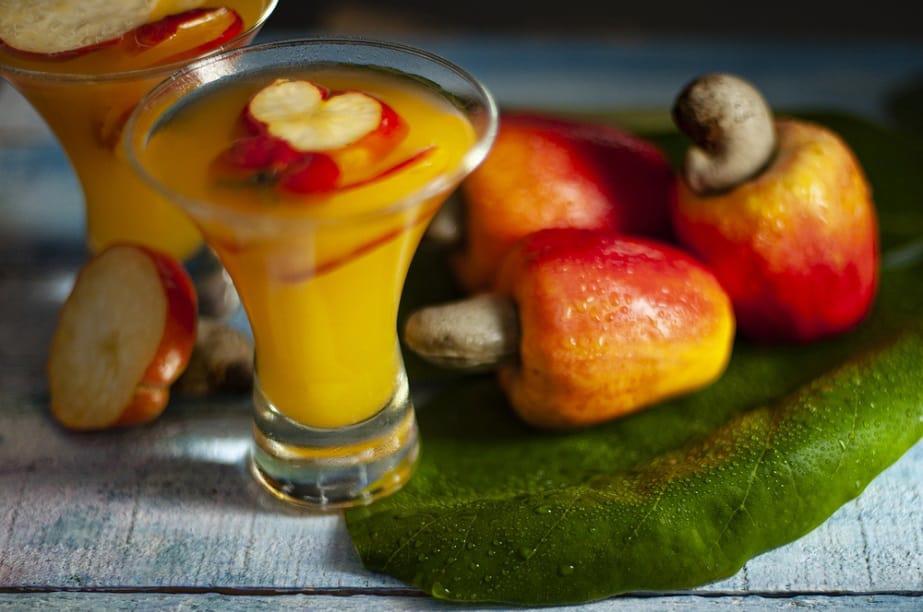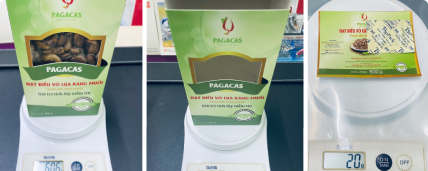Vietnamese standard TCVN 4850:2010
Cashew kernel
To view the full version download here
See a summary of cashew standards download here
Introduction
- TCVN 4850:2010 replaces TCVN 4850:1998
- TCVN 4850:2010 is compiled by CAFECONTROL, appraised by the Ministry of Agriculture and Rural Development, proposed by the General Department of Standards, Metrology and Quality and published by the Ministry of Science and Technology.
Below is a summary of the main content:
Some important definitions
- Cashew apple is the bulging stem with yellow, orange, red, etc. (the fake fruit)
- Cashew nut includes the inner core, silk shell and hard shell (the real fruit)
- Cashew hard shell is a shell that covers both the kernel and the outer silk shell, very hard.
- Cashew nut shell liquid (CNSL) is a liquid containing the main ingredients such as cardol and anacardic acid, which is toxic to humans. This liquid exists in the middle of the cashew hard shell.
- Testa skin is a reddish-brown horny shell that covers the cashew kernel, very thin.
- Cashew kernel is the part obtained after preliminary processing of shelling of cashew nut.
- Whole kernel is a broken kernel not more than 1/8 of the size of the kernel or an intact kernel.
- Butt kernel is a horizontally broken kernel between 3/8 -7/8 of the whole kernel, and the two cotyledons are not completely separated.
- Split kernel: the kernels split naturally lengthwise causing the 2 cotyledons to be separated, and the broken cotyledon size is no more than 1/8 of the core.
- Large Piece is a broken core with a diameter of 4.75 - 8 mm.
- Small Piece (Small Piece) is a broken core with a diameter of 2.8 -4.75 mm.
- Baby-Bit is a broken kernel with a diameter of 1.75mm that does not pass through the floor.
- Immature kernel is the kernel with small size, wrinkled surface due to not fully developed.
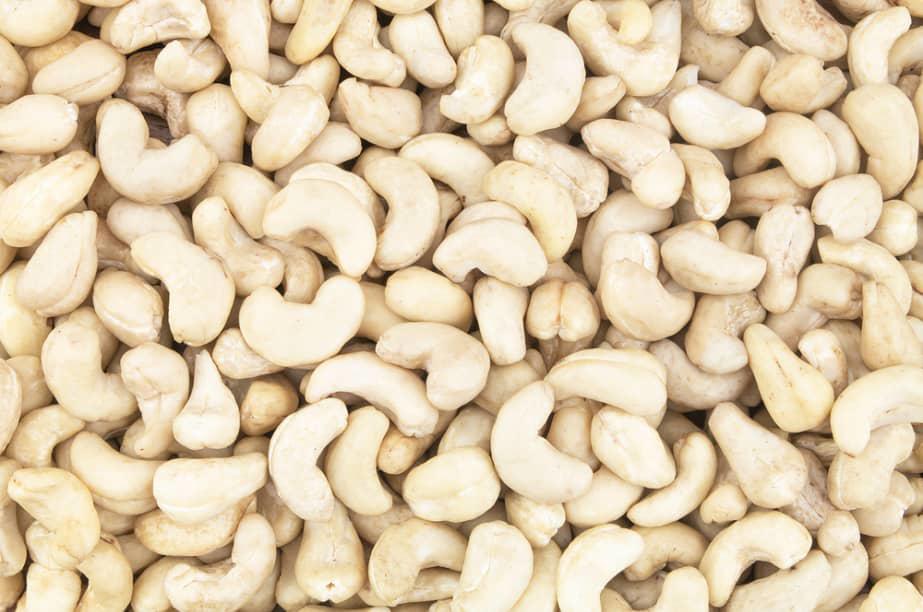
General requirements
- Cashew kernels must have a characteristic shape, be graded and properly dried with moisture <=5%;
- Missing rate <= 1.5% with total diameter of remaining testa not more than 2mm;
- Rate of low grades <=5%, breakage rate <=5%;
- Must not have the presence of mold, pests, insects. There shall be no foreign odor, rancidity, or contamination that are visible to the naked eye.
Table 1 – Abbreviations
|
No. |
Abbrev. |
English |
|
1 |
W |
White |
|
2 |
S |
Scorched |
|
3 |
SS |
Second Scorched |
|
4 |
LB |
Light Blemish |
|
5 |
B |
Blemish |
|
6 |
DB |
Dark Blemish |
|
7 |
B |
Butt |
|
8 |
BB |
Blemish Butt |
|
9 |
S |
Split |
|
10 |
LP |
Large Pieces |
|
11 |
SP |
Small Pieces |
|
12 |
B-B |
Baby - Bits |
Table 2 - Requirements for quality classification of cashew kernels
|
Grade |
Grade designation |
Trade name |
Number of kernels per lb |
Number of kernels per kg |
Kernel color |
Other description |
|
1 |
W 160 |
White whole kernel |
120 - 160 |
265-353 |
Solid colors: Ivory Light scorched Light gray White
|
|
|
2 |
W 180 |
161 - 180 |
355 - 395 |
|||
|
3 |
W 210 |
200 - 210 |
440 - 465 |
|||
|
4 |
W 240 |
220 - 240 |
485 - 530 |
|||
|
5 |
W 280 |
260 - 280 |
575 - 620 |
|||
|
6 |
W 320 |
300 - 320 |
660 - 705 |
|||
|
7 |
W 400 |
350 - 400 |
770 - 880 |
|||
|
8 |
W 450 |
400 - 450 |
880 - 990 |
|||
|
9 |
W 500 |
450 - 500 |
990 - 1100 |
|||
|
10 |
SW 240 |
Scorched whole kernel |
220 - 240 |
485 – 530 |
Yellow Ivory Light brown, Gray |
|
|
11 |
SW 320 |
300 - 320 |
660 - 705 |
|
||
|
12 |
SW |
- |
- |
|
||
|
13 |
SSW |
Second scorched whole kernel |
- |
- |
Light green, dark ivory Dark brown=>brown |
|
|
14 |
LBW 240 |
Light blemish whole kernel |
220 - 240 |
485 - 530 |
Ivory, White Light brown, Brown Light yellow, yellow |
|
|
15 |
LBW 320 |
300 - 320 |
660 - 705 |
|
||
|
16 |
LBW 450 |
400 - 450 |
880 - 990 |
|
||
|
17 |
BW 240 |
Blemish whole kernel |
220 - 240 |
485 - 530 |
Brown, Amber Yellow => Dark yellow Light green=> Dark green |
|
|
18 |
BW 320 |
300 - 360 |
660 - 705 |
|
||
|
19 |
BW 360 |
400 - 450 |
880 - 990 |
|
||
|
20 |
DBW |
Dark blemish whole kernel |
- |
- |
Black or brown spots |
|
|
21 |
WB |
White butt kernel |
- |
- |
Same color of whole white kernels |
|
|
22 |
WS |
White split kernel |
- |
- |
Same color of whole white kernels |
|
|
23 |
LWP |
Large white pieces |
- |
- |
Same color of whole white kernels |
|
|
24 |
SWP |
Small white pieces |
- |
- |
Same color of whole white kernels |
|
|
25 |
SB |
Scorched butt kernel |
- |
- |
Same color of scorched whole kernel |
|
|
26 |
SS |
Scorched split kernel |
- |
- |
Same color of scorched whole kernel |
|
|
27 |
SSB |
Second scorched butt |
- |
- |
Same color of second scorched whole kernel |
|
|
28 |
SSS |
Second scorched split |
- |
- |
Same color of second scorched whole kernel |
|
|
29 |
LBB |
Light blemish butt |
- |
- |
Same color of light blemish whole kernel |
|
|
30 |
LBS |
Light blemish split |
- |
- |
Same color of light blemish whole kernel |
|
|
31 |
LSP |
Large scorched pieces |
- |
- |
Same color of scorched whole kernel |
|
|
32 |
SSP |
Small scorched pieces |
- |
- |
Same color of scorched whole kernel |
|
|
33 |
LSSP |
Large second scorched pieces |
- |
- |
Same color of second scorched whole kernel |
|
|
34 |
SSSP |
Small second scorched pieces |
- |
- |
Same color of second scorched whole kernel |
|
|
35 |
BB |
Blemish butt |
- |
- |
Same color of blemish whole kernel |
|
|
36 |
BS |
Blemish split |
- |
- |
Same color of blemish whole kernel |
|
|
37 |
DBB |
Dark blemish butt |
- |
- |
Same color of dark blemish whole kernel |
|
|
38 |
DBS |
Dark blemish split |
- |
- |
Same color of dark blemish whole kernel |
|
|
39 |
LLBP |
Large light blemish pieces |
- |
- |
Same color of light blemish whole kernel |
|
|
40 |
LBP |
Large blemish pieces |
- |
- |
Same color of blemish whole kernel |
|
|
41 |
LDBP |
Large dark blemish pieces |
- |
- |
Same color of dark blemish whole kernel |
|
|
42 |
B-B |
Baby-Bits |
- |
- |
No color |
|
